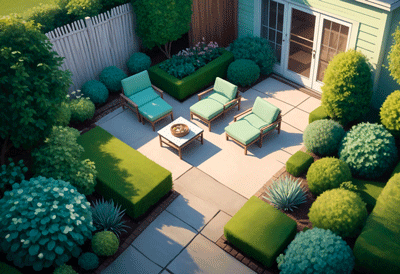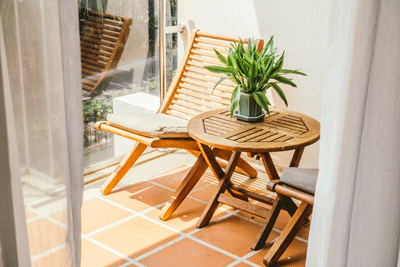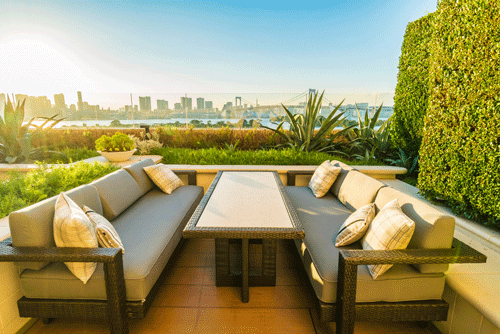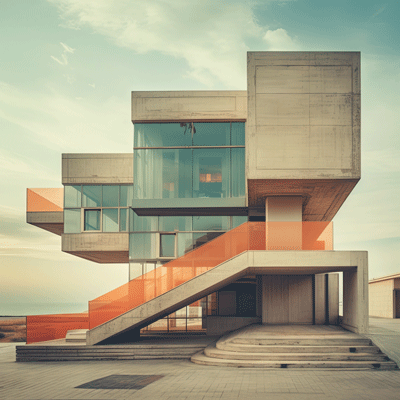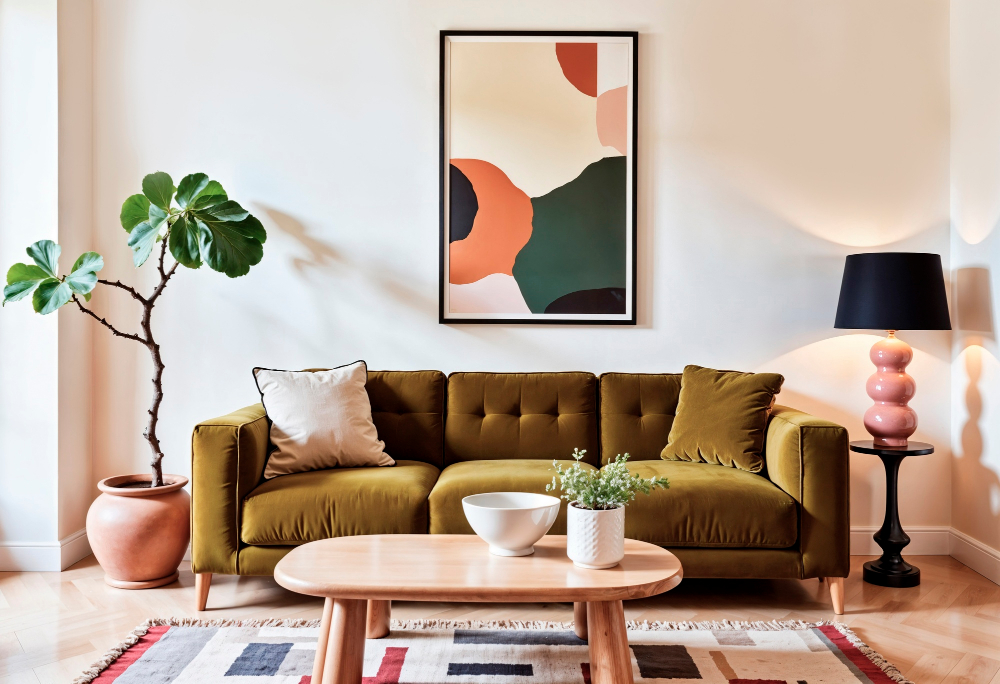
Interior & Exterior Design
Living Room Design
Essential Tips for Designing a Beautiful & Functional Living Room
Designing a living room is about creating a space that is both aesthetically pleasing and perfectly suited to your lifestyle. Follow these tips to create your ideal room.
1. Start with a Plan & Function
Define the Purpose: Before you buy anything, ask: What will this room be used for? Is it for cozy family movie nights, formal entertaining, a quiet reading nook, or a play area for kids? Often, it’s a mix, so prioritize.
Create a Focal Point: Every room needs an anchor. This could be a fireplace, a large window with a view, a piece of art, or your entertainment center. Arrange your furniture to highlight this focal point.
Measure Everything: Know the dimensions of your room (length, width, ceiling height). Also, measure doorways, windows, and hallways to ensure new furniture can actually fit inside.
2. Master the Layout & Furniture
Create Conversation Areas: Arrange seating (sofas, chairs) to face each other, ideally no more than 8 feet apart, to encourage easy conversation. A classic U-shape or an H-shape (sofa facing two chairs) works well.
Prioritize Traffic Flow: Leave clear, logical pathways (about 2-3 feet wide) for people to move through the room without squeezing between furniture or tripping over coffee tables.
Choose the Right Sized Rug: A rug should “anchor” the seating area. Choose a size large enough so that at least the front legs of all your main furniture pieces can sit on it. A small, “floating” rug makes the room feel disjointed.
The Perfect Coffee Table: Leave about 12-18 inches of space between the coffee table and the sofa for comfortable legroom. The height should be slightly lower than or level with the seat of your sofa.
3. Develop a Cohesive Color Palette & Style
The 60-30-10 Rule: This is a classic decorating rule for a balanced color scheme.
60% of the room should be a dominant color (usually walls, large sofa).
30% should be a secondary color (e.g., curtains, accent chairs, area rug).
10% should be an accent color (e.g., throw pillows, artwork, small decor).
Find Your Style: Are you drawn to Mid-Century Modern, Coastal, Minimalist, Bohemian, or Industrial style? Look at inspiration photos (Pinterest, Instagram) to identify what you love and try to be consistent.
4. Layer Your Lighting
A well-lit room uses a combination of three types of lighting:
Ambient (General) Lighting: This is the main source of light, often from ceiling fixtures like chandeliers, track lighting, or recessed lights.
Task Lighting: Provides light for specific activities. This includes floor lamps next to a reading chair, table lamps on console tables, or a desk lamp.
Accent Lighting: Used to highlight architectural features or decor. Think picture lights over art, wall sconces, or LED strips on shelves.
5. Incorporate Texture & Textiles
Texture adds depth and makes a room feel inviting and cozy.
Mix Materials: Combine a smooth leather sofa with a chunky knit throw, a sleek metal side table with a rough jute rug, and soft velvet pillows.
Play with Textiles: Use curtains, pillows, throws, and rugs to add softness, color, and pattern.
6. Add Personality with Accessories & Art
Artwork: Hang artwork at eye level. A common rule is to place the center of the piece at about 57-60 inches from the floor. Don’t be afraid to go big—one large statement piece can be more impactful than several small ones.
Greenery: Plants breathe life into a room. They add color, texture, and improve air quality. Choose low-maintenance plants like snake plants or pothos if you don’t have a green thumb.
Personal Touches: Display items that tell your story—family photos, souvenirs from travels, or a collection you love. This is what makes the space uniquely yours.
7. Don’t Forget Practicality & Comfort
Durable Fabrics: If you have pets or children, choose performance fabrics that are stain-resistant and easy to clean.
Ample Surfaces: Ensure you have enough surfaces (coffee tables, side tables, console tables) within easy reach to place drinks, books, and remotes.
Smart Storage: Use baskets, built-in shelves, or storage ottomans to hide clutter like blankets, toys, and magazines.
Common Mistakes to Avoid
Pushing all furniture against the walls: “Floating” furniture away from the walls can create a more intimate and dynamic conversation area.
Poor lighting: Relying on only one overhead light can create a harsh, uninviting atmosphere.
Ignoring scale: A huge sofa in a tiny room, or a tiny rug in a large room, will always feel “off.”
Being too “matchy-matchy”: A room where everything is from the same set can feel like a showroom. Mix and match pieces for a more collected, personal look.
Good luck, and enjoy the process of creating a living room you’ll love spending time in


